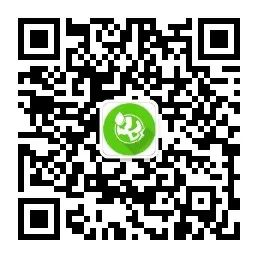Covid measures and a slowing real estate sector lead to low demand growth in industry in the first half of 2022 but residential demand for power increased significantly. China added 44 GW of wind and solar energy in the first half of the year.

The National Energy Administration (NEA) published statistics on power generation in the first half of 2022, showing that electricity consumption rose by just 2.9% year-on-year to 4.098 terawatt hours (TWh). Industrial power demand growth, which accounts for most electricity consumption, saw particularly weak growth of just 1.3% year-on-year as Covid controls and lower real estate spending hit. The residential electricity consumption of urban and rural areas accounted for 611 TWh, marking a strong increase of 9.6%—likely to continue in the third quarter as a heat wave affected most of China’s populated regions in July and August.

A total of 1,520 TWh of electricity came from renewables, accounting for 31.8% of the country’s total power generation. Renewables saw steady increases in installed capacity, outpacing the additions needed to meet the country’s 2030 target of 1,200 GW of wind and solar. In the first half of 2022, China added 13 GW of wind to reach 342 GW total installed capacity, while the installed capacity of solar photovoltaics increased by 31 GW to reach 336 GW. As mentioned in China’s 14th Five-Year Plan, China has begun to launch the first batch of large wind and solar bases in desert areas, with the goal of finishing grid connection by the end of 2022. The second batch of projects are already partly underway, while the third batch is in the planning stage.
The average feed-in hours of fossil thermal power plants fell by 133 hours to 2,057 hours, or a 47% capacity factor, continuing a long-term trend towards lower utilization of coal plants, which reflects both overcapacity and feed-in of renewables.
At a press conference, NEA officials listed their priorities for the second half of 2022, focusing on policies to ensure renewables contribute to improving energy supply security. In addition, NEA seeks to facilitate the combined use of land and ocean areas for renewable energy expansion with other uses. NEA also discussed the adjustment of provincial and industrial electricity quotas to exempt newly added renewable energy from the quotas for total energy consumption, as well as improving green power certificate trading.
Sources:
“1~6月全社会用电量同比增长2.9%,” National Energy Administration, 14 July 2022, at http://www.nea.gov.cn/2022-07/14/c_1310641690.htm.
“国家能源局发布1-6月份全国电力工业统计数据,” NEA, 19 July 2022, at http://www.nea.gov.cn/2022-07/19/c_1310643468.htm.
“国家能源局组织召开8月份全国可再生能源开发建设形势分析会,” National Energy Administration, 7 September 2022, at http://www.nea.gov.cn/2022-09/07/c_1310660067.htm.
